How caring for plants helps us live slower
Creative, art director, and Patch customer Davina Mi talks about how caring for plants helps her to experience the joy of slow living on a daily basis.
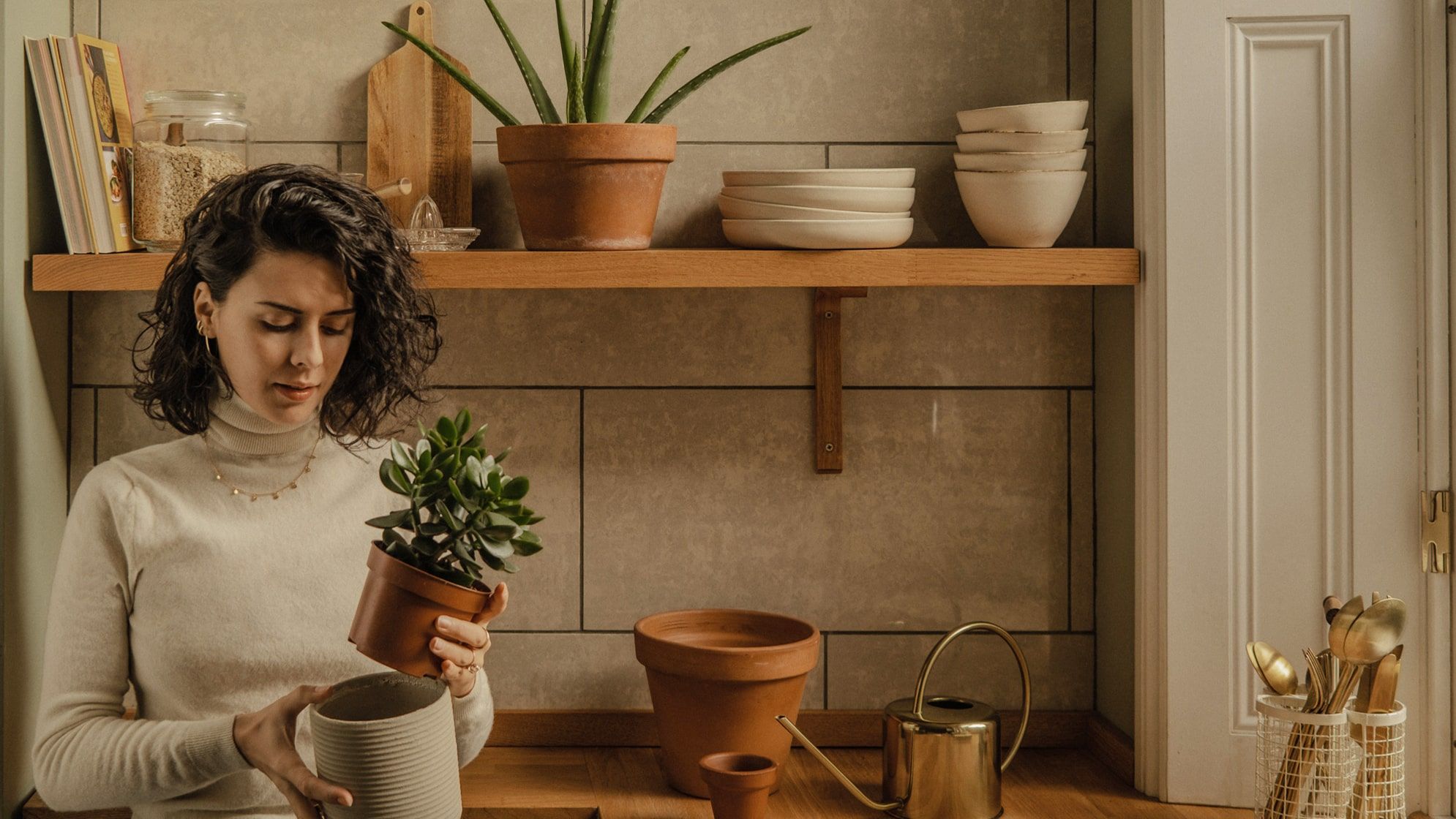
Since entering this strange post-lockdown period, the pressure to be present and ‘always on’ seems to be returning. Invitations are flying and diaries are filling up once again. On the flipside, Davina Mi is a vocal advocate of slow living, and she’s encouraging people to find the joy in taking a beat and smelling the flowers. She talked to us about how nurturing her nature helps her to slow down on a daily basis.
First things first, what's slow living? Simply put, slow living is the belief that by reducing the buzzing and pinging of modern life, you can start to see the colour in simple things - whether it’s cooking, reading, talking to a friend, or watering your plants. It’s all about prioritising the things that really matter, and learning to reject the pressure to give time to things that don’t. There’s lots of ways to live slowly, from regular breathing exercises to listening to nature sounds on your commute.
Davina embraced slow living when she left the corporate world behind, which gave her time to start incorporating mindful practices into her routine: ‘It’s the little things, and plants are part of that - it’s about simple gestures, checking on them is already a little moment of self-care that brings me joy. Cosy, slow living is about embracing those day-to-day moments that make you feel good.’

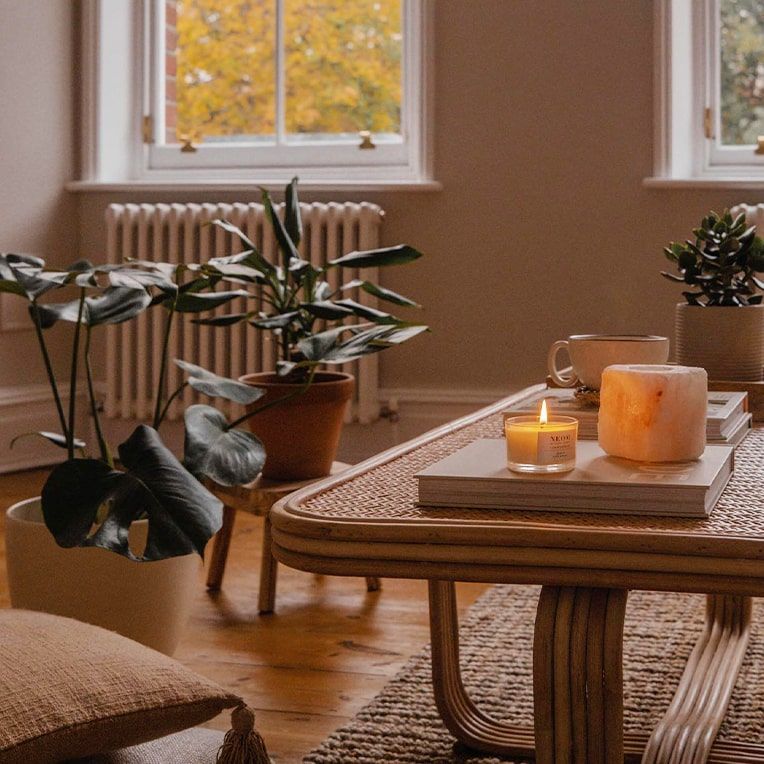
Caring for her plants has since become an integral part of her slow living routine: “The care I give to my plants is part of my self-care. I start with myself, and then wash, clean and water the plants.” Plants aren’t just decorative -— they’ll only thrive if given the proper care and nurturing, much like us humans. Caring for plants isn’t so different to caring for yourself, and after time, caring for your plants can encourage a subconscious slowing down, as your brain becomes accustomed to nurturing something that grows at its own pace.
Plants are a great reminder that life doesn’t have to be experienced in a blur, or forever in a rush. It’s natural to want and need to move at your own pace. Humans can’t process emotions or balance their diet overnight. Self-care requires time, patience, and persistence. In much the same way, it takes time to grow new shoots and climb that moss pole.
Caring for plants is a two-way street, as Davina tells us: “They give their love and their good energy, and in return, I can show them that I care and help them feel better”. This symbiotic relationship reinforces the benefits of slow living, with plants acting as a natural reminder to love and care for the living things in the room, both you and them. As Davina so poetically puts it, “There’s an unspoken connection that I feel… we’re exchanging silent love vibes.”


As a creative, Davina sees plants as centrepieces, helping to create a home: ‘For me, they’re not just objects that fill in the gaps - they’re the stars’. As Davina points out, plants are far more than a shelf-filler or decoration, ‘Plants bring so much beauty to my world, they help my environment look cohesive, cosy, like a proper home’. Plants in the home don’t just benefit mental health and wellbeing, they help us build our daily lives in a way that connects us to nature, and anchors our space to the calming presence of nature and living things.
This symbiosis between plants and people can start to encourage slow living over time. As you introduce plant care into your routine, you’ll inevitably start to change the way you live and occupy your space, even if it’s unnoticeable at first. Plants can become your go-to when you’re craving a break, or connecting to something natural or ‘real’. Taking 5 minutes to rearrange your space, snip off a dead leaf, mist or water your plant can make all the difference.
Rewild your inbox
Plant tips. Special offers. No spam.
You might like
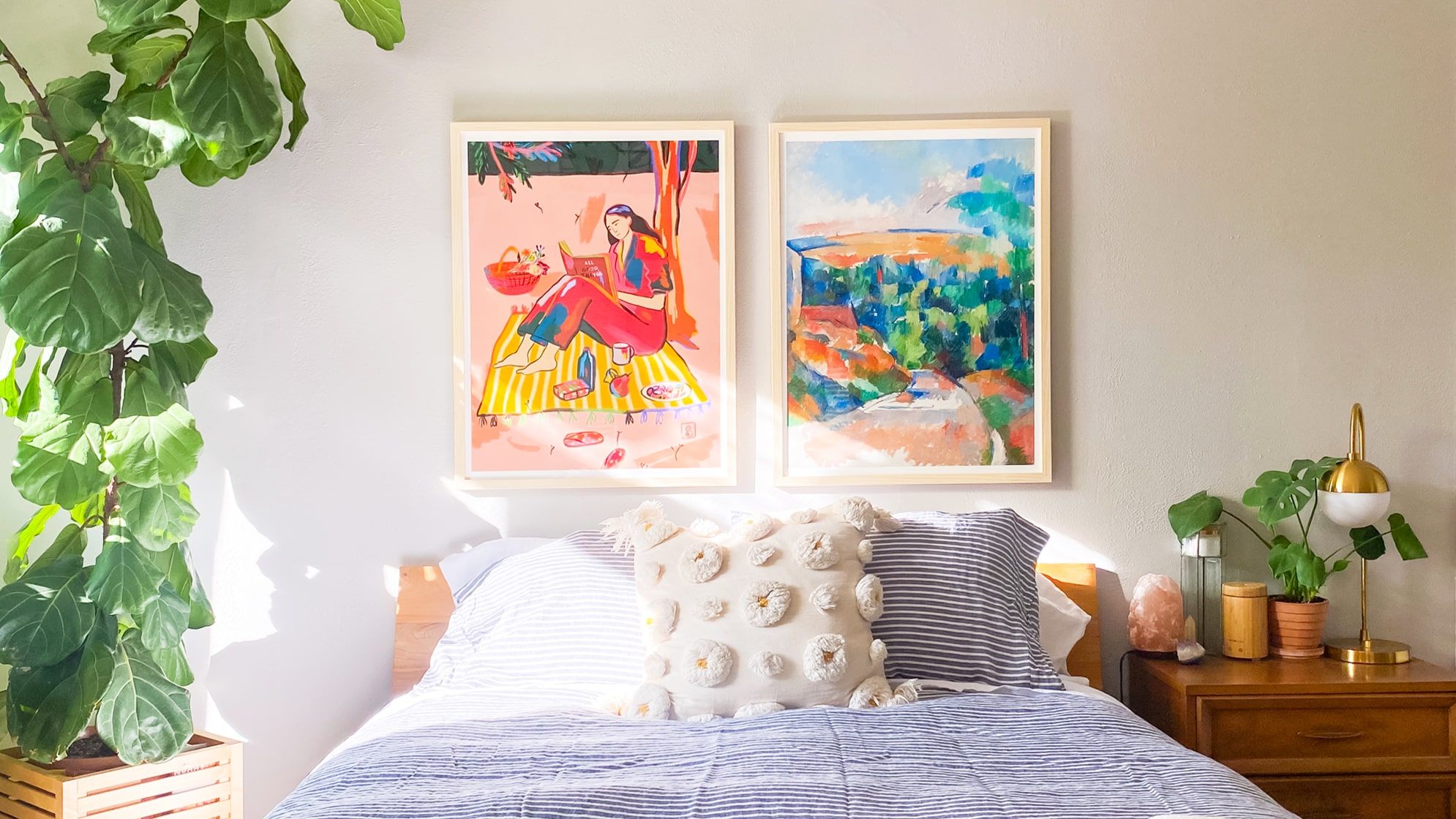
Interiors trends for 2022: what to watch
Stay ahead of the curve (and of course, plants feature)
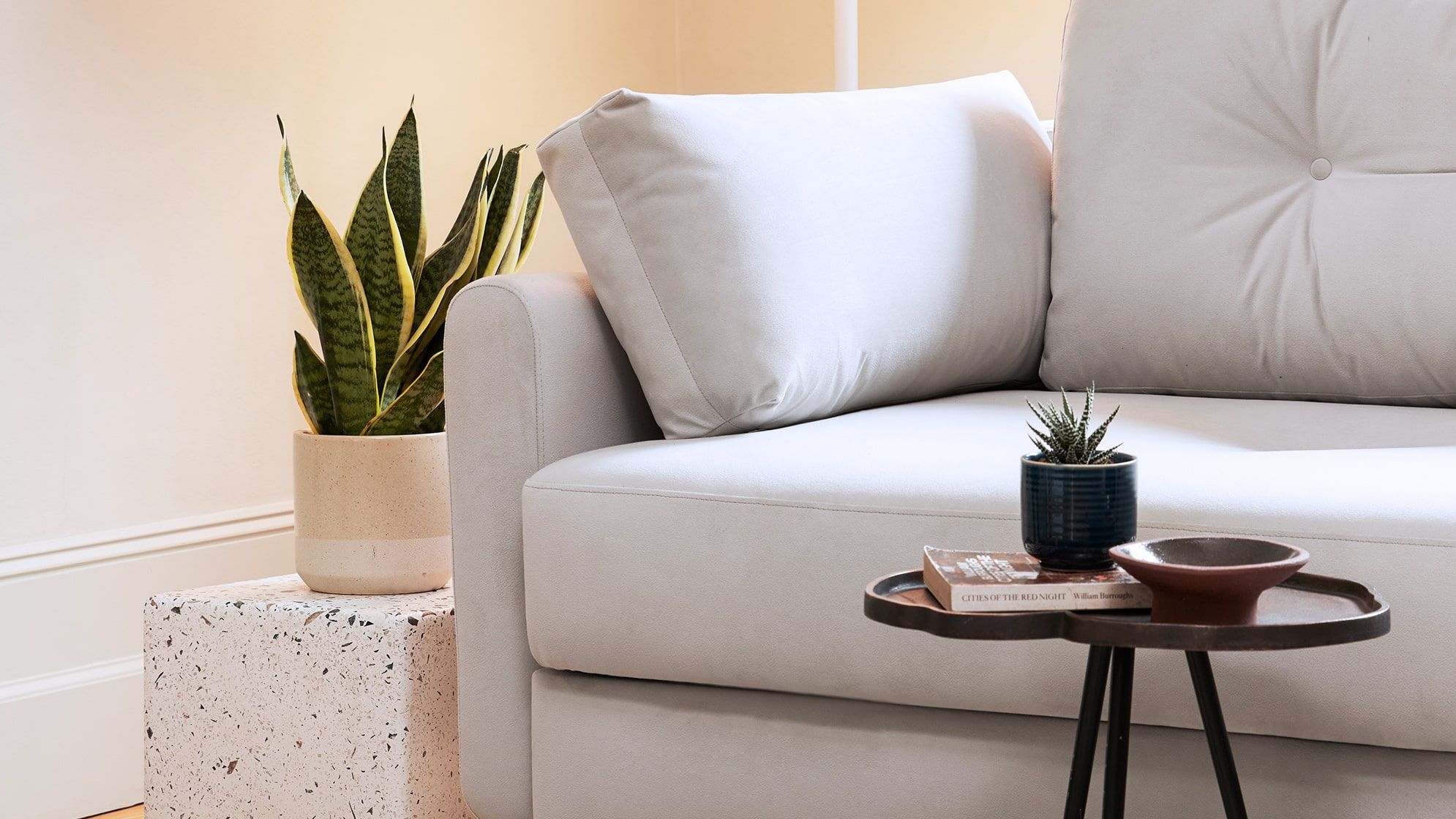
6 ways to create a Scandi home with plants
Be at one with nature.
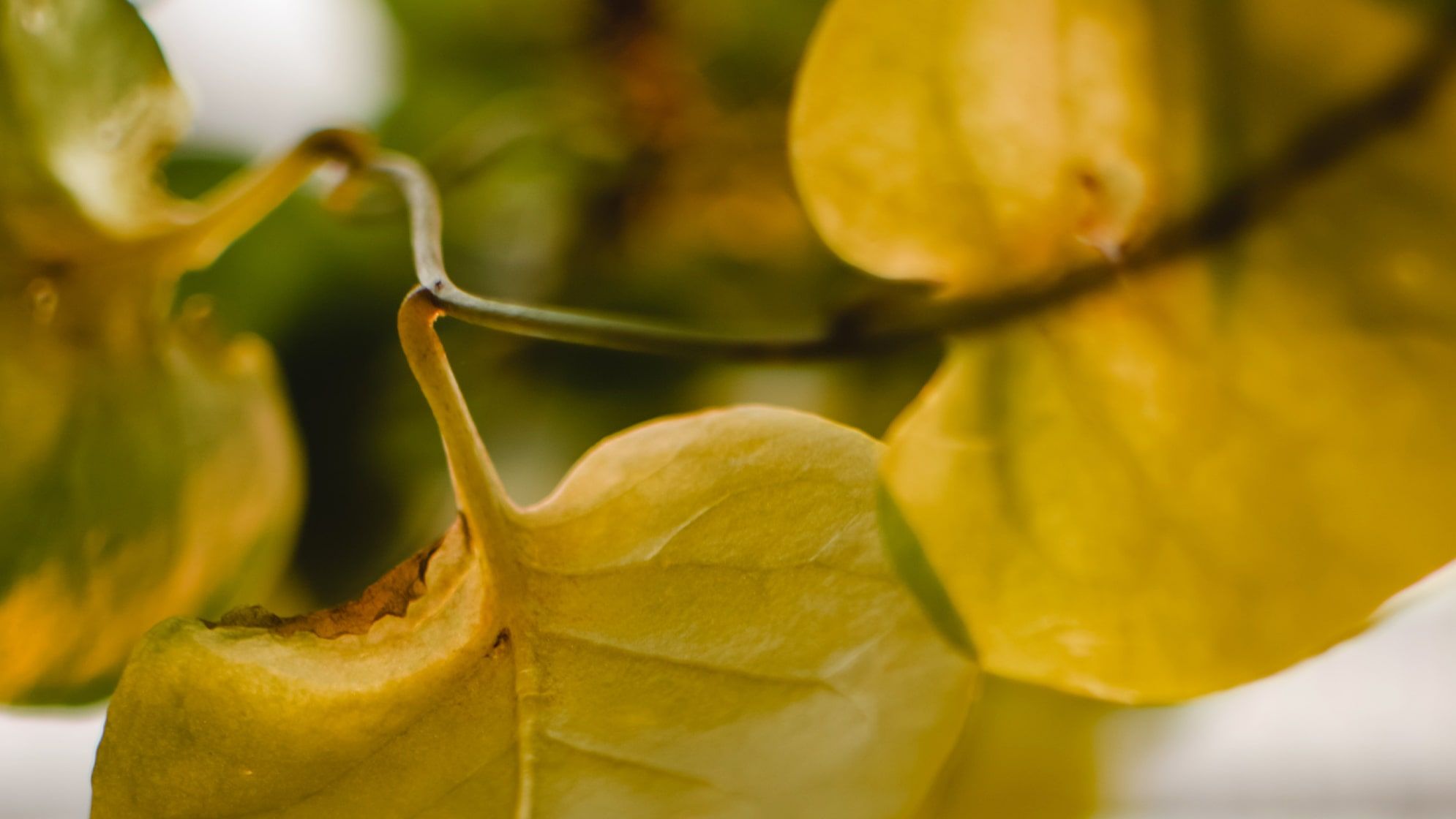
Why does my plant have yellow leaves?
How to spot them, fix them and stop them coming back
